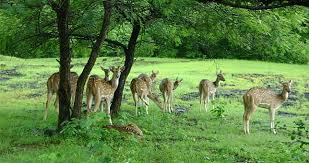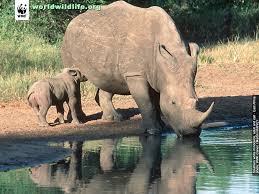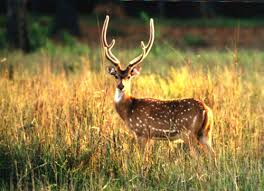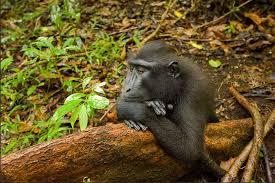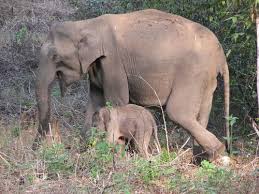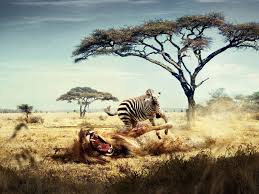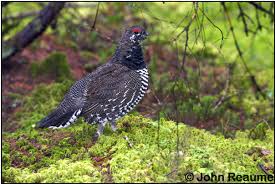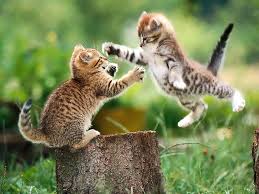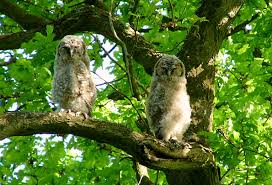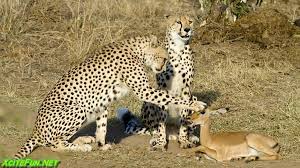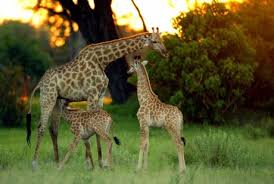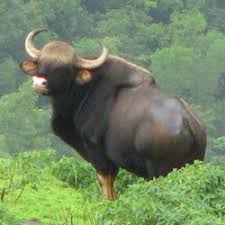Wild animals are beautiful creatures with varying sizes, colors, and habitats. Although some can be seen in zoos, the place they are meant to be is in their own environment. Unfortunately, animals such as whales, panda bears and sea otters, are not always safe in these places and are dying out. What is causing their threat of extinction? Several factors have an influence on this growing problem.
Pollution
Because animals are all intertwined on the food chain, contamination of a water source that a species drinks for example, will not only effect them, but the animal that eats them as well, having the ability to cause cancer and other deadly diseases. If a mother drinks toxins, they become apart of her milk and she passes on those toxins to her babies. Because the off spring are considerably smaller than the mother, these chemicals and toxins will have a greater negative impact on them. Among these problems is a shorter life span, directly effecting the time they have to reproduce and multiply their species, not to mention the damage the pollutions have already caused on their systems and ability to thrive.
Contamination of water due to oil spills is another large problem. Because oil and water do not mix, and oil floats to the top and spreads easily and quickly, it is that much harder to clean up. Oil spills may be due to natural disasters, such as hurricanes, or can happen by people who do not want to dispose of oil properly and dump it into the ocean to get rid of it. Birds can be covered and will not be able to fly because of their feathers being covered. Oil covers sea otters and coats their fur, covering the air bubbles in their fur which are there to help them stay warm in freezing waters. Due to the oil coating these bubbles they die of hypothermia. So many different animals dying in mass quantity from oil spills also contributes to animal endangerment.
Decrease of Natural Habitat
If there are constant changes in the environment of a species, then there is subsequently constant changes in species habitat. Changes in the environment, of course, happen naturally. However, when this happens animals adapt because the changes are small, over a period of time. When humans make the changes they are more drastic and immediate. People can take out a forest in a matter of days, not giving occupants time to move to a new location in a time frame that is adaptable. To illustrate this point the habitat of the giant panda will be examined. A panda eats around 40 pounds of bamboo a day. This is due to the low nutrition of the plant and the inability of the panda to digest it. Large amounts must be consumed to get the necessary nutrients for the bear. After a bamboo plant flowers, it dies and does not regrow for another 10 years or so. If there is not another species of bamboo in that area the Panda then needs to move to another region which has bamboo still in season. Due to human activities such as farming, mining and road building quickly destroying the plants they eat it is difficult for the pandas to move to another forest to find the bamboo they need quickly.
Hunting, Fishing and Whaling
One of the greatest effects on water animals, such as whales, is exploitation. Exploitation is decreasing a particular species faster than nature is able to replace the population. Whaling has been a large contributor to the decrease of whales in the ocean. This unrestricted hunting or whaling purpose was for their skin, fur, teeth, meat or other reasons. Although some organizations, such as the International Whaling Commission (IWC) have been established, as well as laws and regulations, people do not always follow these laws and whales are still hunted. Animal parts make a lot of money and illegal activities pursued for the money that people can make. In Japan whale is still a popular dish and hunted for consumption. Along with whaling other fishing takes place. Large nets for fishing can entangle species they are not meant to capture, nor desired to capture. These lives are lost as a negative by product of mass commercial fishing efforts. The large commercial fishing takes out so many animals, so quickly that they can not replace themselves.
Human carelessness seems to be the overriding influence on all these factors. As people are concerned about the impact that their choices and actions make on wild life, their habitats and environments will be protected. People taking precautions will effect the environment for humans and wild animals alike.

